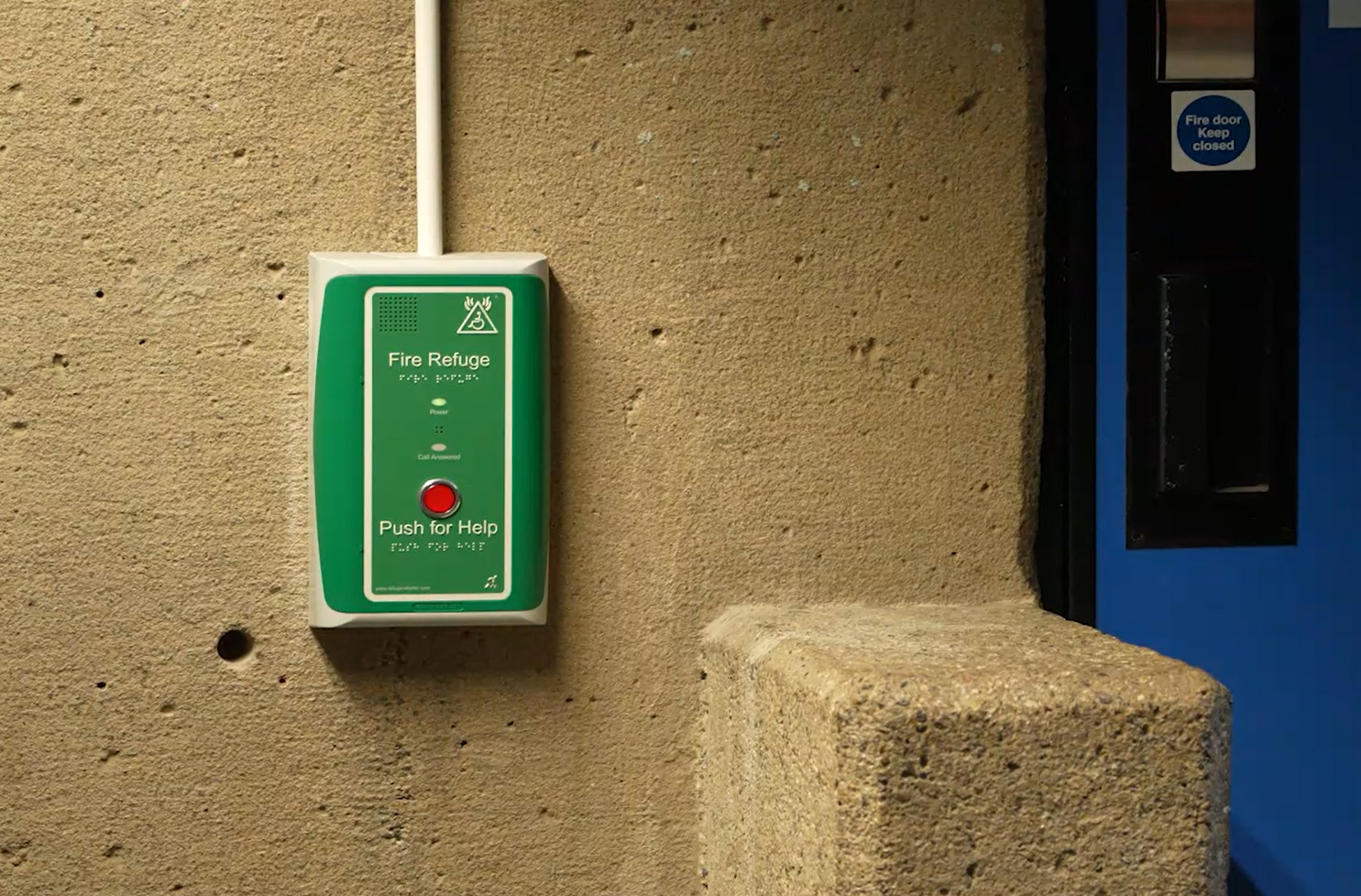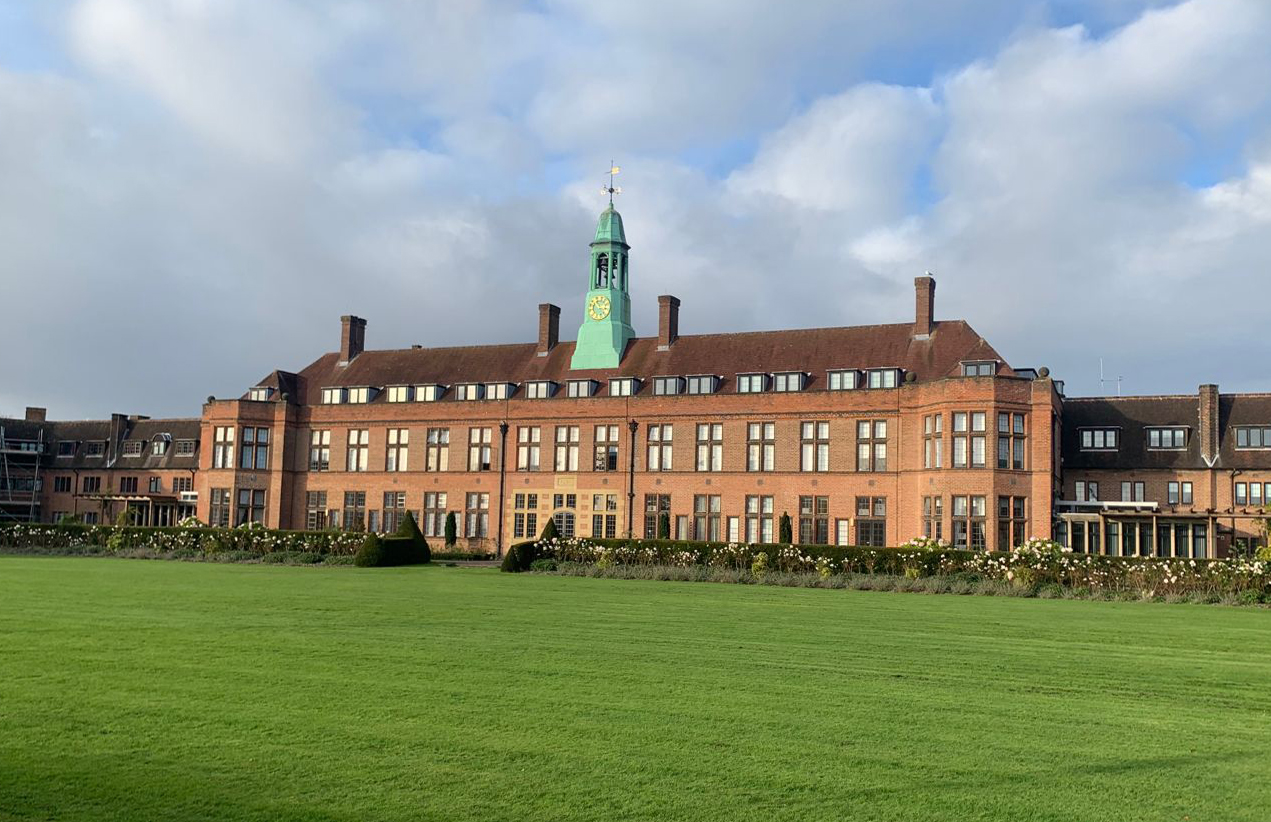Refuge Alerter
Established in 1904, the University of Leeds today has a large campus of around 400 buildings, spanning 98 acres.
A Russell Group University, it is attended by some 33,000 full-time students in addition to those who study on a part-time basis.
The University also employs around 10,000 staff (it’s the third largest employer in the Yorkshire area) and welcomes about 30,000 visitors every year.
To help protect students, staff and visitors in the event of an emergency, the University invested in a wireless Refuge Alerter system that would enable people to call from refuge areas across the campus to a centralised response point.
The Challenge
The University had a number of older buildings that contained Emergency Voice Communication System (EVCS) outstations, as well as newer buildings where outstations had been more recently installed.
It required all of these outstations to be centralised back to a response point/master station as part of a single, integrated, two-way communication system.
Due to the large size of the campus the new system would ideally need to be wireless.
The system needed to be compliant with BS5839-9. It would also need to expandable if required, so as to incorporate potential new buildings in the future.


The Solution
The solution provided to the University of Leeds was the installation of our BS5839-9 compliant Refuge Alerter system.
Refuge Alerter is a radio-based emergency voice communication system that can link numerous outstations to a single, centralised master station, even if they’re located across different buildings. The system can even integrate Portable Refuge Communicators (PRCs) – which can be used by responding personnel while on-the-move, facilitating two-way communication between outstations and master stations.
Each Refuge Alerter Master Station allows integration of up to 999 refuge locations – meaning the University has the option to expand the system even more in the future.
The Result
The wireless nature of our Refuge Alerter system meant it could be easily retrofitted to older buildings across the University’s campus, as well as any new ones,
There was no need for cabling to be run, and therefore there was minimum disruption while getting the system installed.
The system’s installation at the University has now been completed and is up-and-running at all times, day-and-night – helping keep staff, students and visitors safe.


